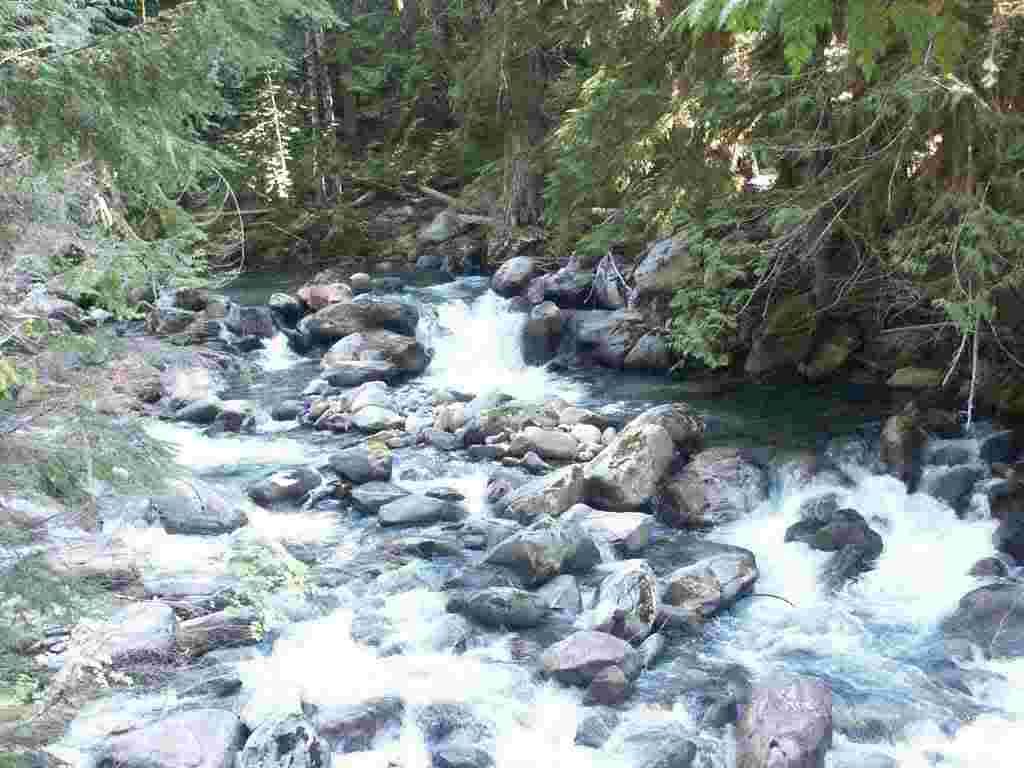JEFFERSON, Iowa - Because of rising demand for ethanol, American farmers are growing more corn than at any time since the Depression. And sea life in the Gulf of Mexico is paying the price.
The nation's corn crop is fertilized with millions of pounds of nitrogen-based fertilizer. And when that nitrogen runs off fields in Corn Belt states, it makes its way to the Mississippi River and eventually pours into the Gulf, where it contributes to a growing ``dead zone'' -- a 7,900-square-mile patch so depleted of oxygen that fish, crabs and shrimp suffocate.
The dead zone was discovered in 1985 and has grown fairly steadily since then, forcing fishermen to venture farther and farther out to sea to find their catch. For decades, fertilizer has been considered the prime cause of the lifeless spot.
With demand for corn booming, some researchers fear the dead zone will expand rapidly, with devastating consequences....
...Environmentalists had hoped to cut nitrogen runoff by encouraging farmers to apply less fertilizer and establish buffers along waterways. But the demand for the corn-based fuel additive ethanol has driven up the price for the crop, which is selling for about $4 per bushel, up from a little more than $2 in 2002.
That enticed American farmers _ mostly in Iowa, Illinois, Minnesota, North Dakota and South Dakota _ to plant more than 93 million acres of corn in 2007, the most since 1933. They substituted corn for other crops, or made use of land not previously in cultivation.
Corn is more ``leaky'' than crops such as soybean and alfalfa _ that is, it absorbs less nitrogen per acre. The prime reasons are the drainage systems used in corn fields and the timing of when the fertilizer is applied....
...``Corn agriculture practices release a lot of nitrogen,'' said Donald Scavia, a University of Michigan professor who has studied corn fertilizer's effect on the dead zone. ``More corn equals more nitrogen pollution.''...
...The dead zone typically begins in the spring and persists into the summer. Its size and location vary each year because of currents, weather and other factors, but it is generally near the mouth of the Mississippi.
This year, it is the third-biggest on record. It was larger in 2002 and 2001, when it covered 8,500 and 8,006 square miles respectively.
Soil erosion, sewage and industrial pollution also contribute to the dead zone, but fertilizer is believed to be the chief factor.
Fertilizer causes explosive growth of algae, which then dies and sinks to the bottom, where it sucks up oxygen as it decays. This creates a deep layer of oxygen-depleted ocean where creatures either escape or die.
Bottom-dwelling species such as crabs and oysters are most at risk, said Michelle Perez, an analyst with the Washington-based Environmental Working Group. ``They struggle to survive,'' Perez said. ``They can't swim away.''
Crabbers complained at a meeting in Louisiana earlier this year that they pulled up bucket upon bucket of dead crabs.
Rota warned that if the corn boom continues, the Gulf of Mexico could see an ``ecological regime change.'' The fear is that the zone will grow so big that most sea life won't be able to escape it, leading to an even bigger die-off.
Tuesday, December 18, 2007
Corn for ethanol will kill the Gulf of Mexico
Henry C. Jackson of the Associated Press has this report on the Florida Sun-Sentinel:
Subscribe to:
Post Comments (Atom)

No comments:
Post a Comment